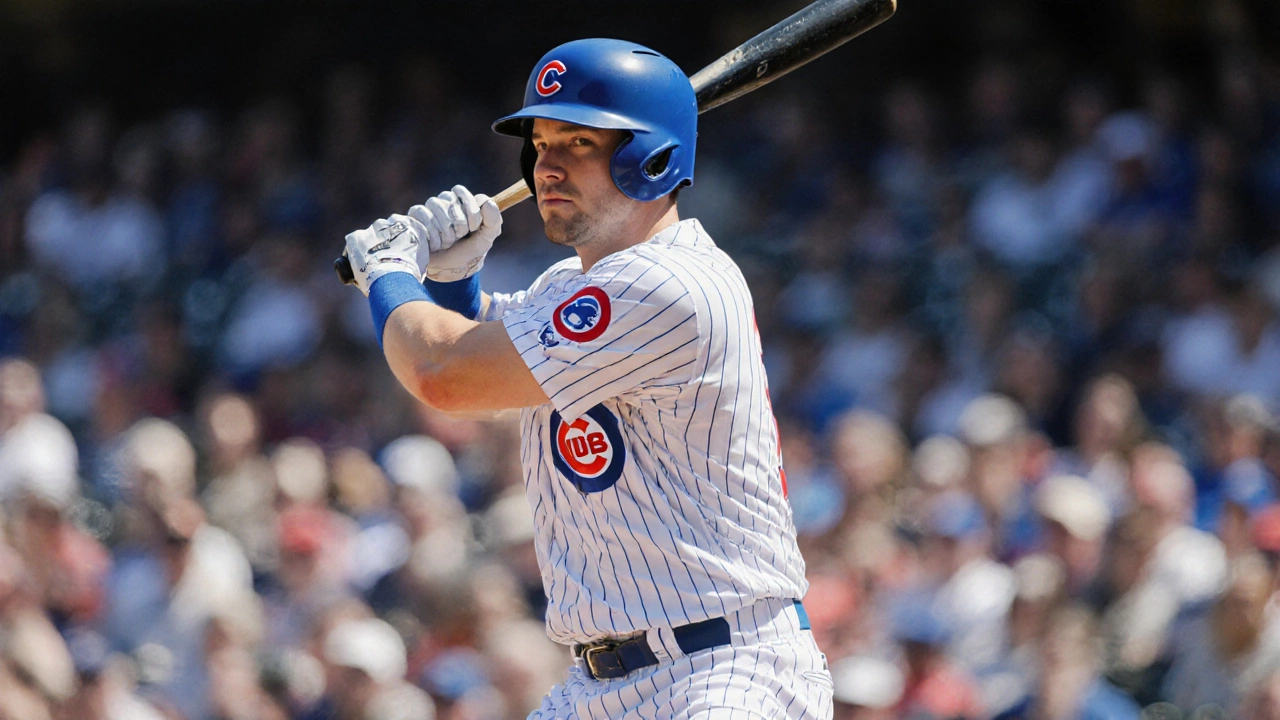Charlie Kirk Funeral: What You Need to Know
When talking about Charlie Kirk funeral, the public ceremony and related events that mark the passing of political activist Charlie Kirk. Also known as Charlie Kirk memorial, it draws attention from supporters, critics, and media alike. A funeral of this scale isn’t just a private goodbye; it becomes a stage for political messaging, community gathering, and news storytelling.
One key piece of the puzzle is the funeral, the ritual that honors a deceased person and provides closure for loved ones. In a high‑profile case, the funeral often blends traditional solemnity with public statements. That blend shapes the media coverage, the way news outlets report and frame an event for audiences that follows. Reporters weigh facts against sensitivities, choosing what to broadcast and what to leave out, similar to how NFL RedZone recently decided to add commercials and navigate viewer expectations.
Because Charlie Kirk was a public figure, someone whose actions and opinions are widely known and discussed, his funeral carries extra weight. The public figure status influences everything from the venue choice to the security measures. It also triggers debates about privacy, echoing concerns raised in discussions about government surveillance on personal devices. People wonder: does the public have a right to see every detail, or should certain moments stay private?
Another angle worth noting is the financial planning behind such events. Families often rely on life‑insurance policies, including cash‑value life insurance, to cover costs. While the policy details differ from case to case, the principle remains the same: a permanent insurance plan builds up cash that can be tapped for large expenses like a memorial service. Understanding this helps clarify why some funerals appear lavish while others stay modest.
Beyond the logistics, the emotional component matters a lot. Attendees—whether they are fellow activists, family members, or curious onlookers—seek a sense of closure. That shared experience can foster community bonds, much like cyclists who keep riding after a race to celebrate together and stay connected. The post‑funeral gathering often includes speeches, music, and moments of reflection that reinforce the values the deceased championed.
Travel and logistics also come into play. Fans traveling from different states might treat the funeral like a tribute tour, similar to active travel bloggers documenting their journeys. This movement can boost local economies and generate a ripple effect of related stories, from hotel bookings to traffic reports.
Even the language used by workers at the event matters. In some entertainment settings, staff use terms like “rubes” to describe naïve customers, highlighting the power dynamic between organizers and participants. In a funeral setting, respectful terminology is essential to maintain dignity and avoid alienating mourners.
All these elements—ritual, media, public figure status, financial planning, emotional closure, travel, and respectful language—intersect to shape the overall narrative of the Charlie Kirk funeral. Below you’ll find a curated mix of articles that touch on each of these angles, from the way media handles sudden changes to the privacy concerns that linger after a public death. Dive in to see how different perspectives frame this event and what they reveal about our broader cultural attitudes toward high‑profile memorials.

Matt Shaw Chooses Memorial Over Playoff Game, Sparks Debate
Rookie third baseman Matt Shaw skipped a pivotal Cubs‑Reds matchup to attend the memorial of activist Charlie Kirk, citing friendship and faith. Mets broadcasters slammed the move as odd, but Shaw answered with a three‑hit, home‑run night that rattled New York’s wildcard hopes. The incident highlights the clash between personal convictions and team obligations in a tight playoff race.